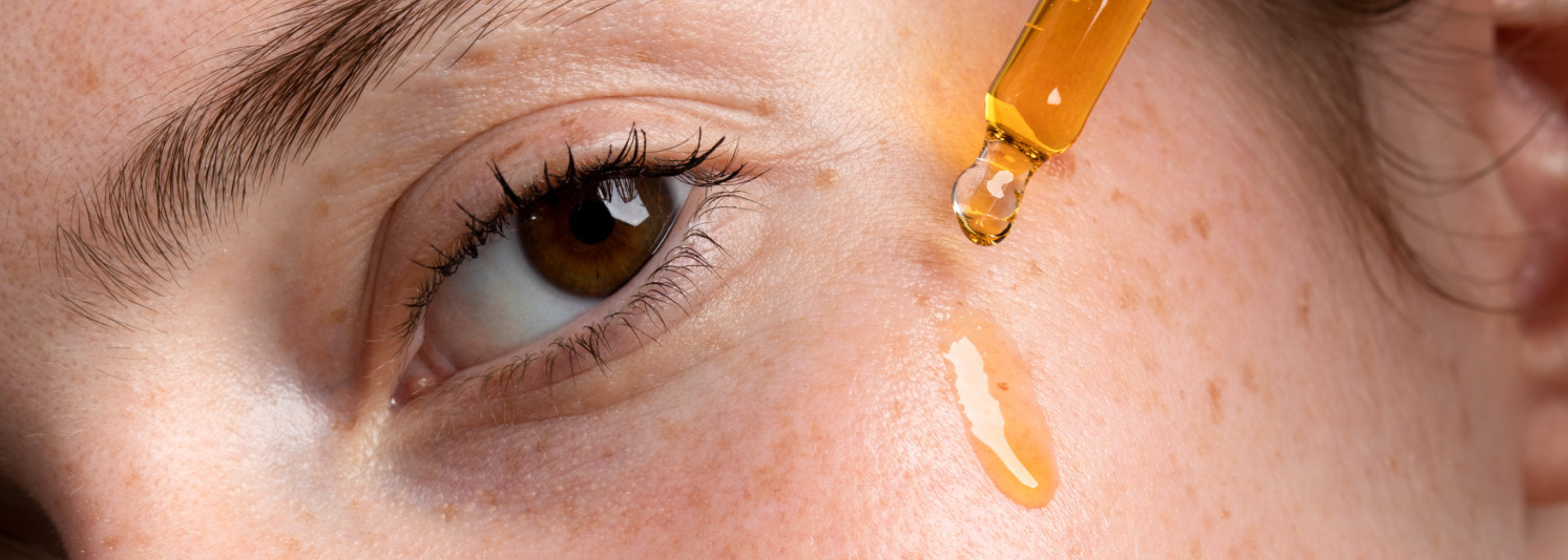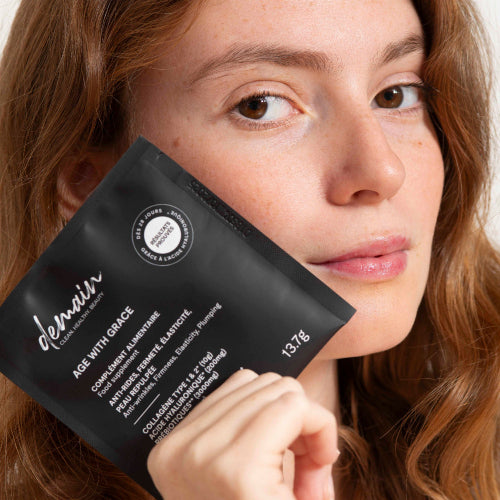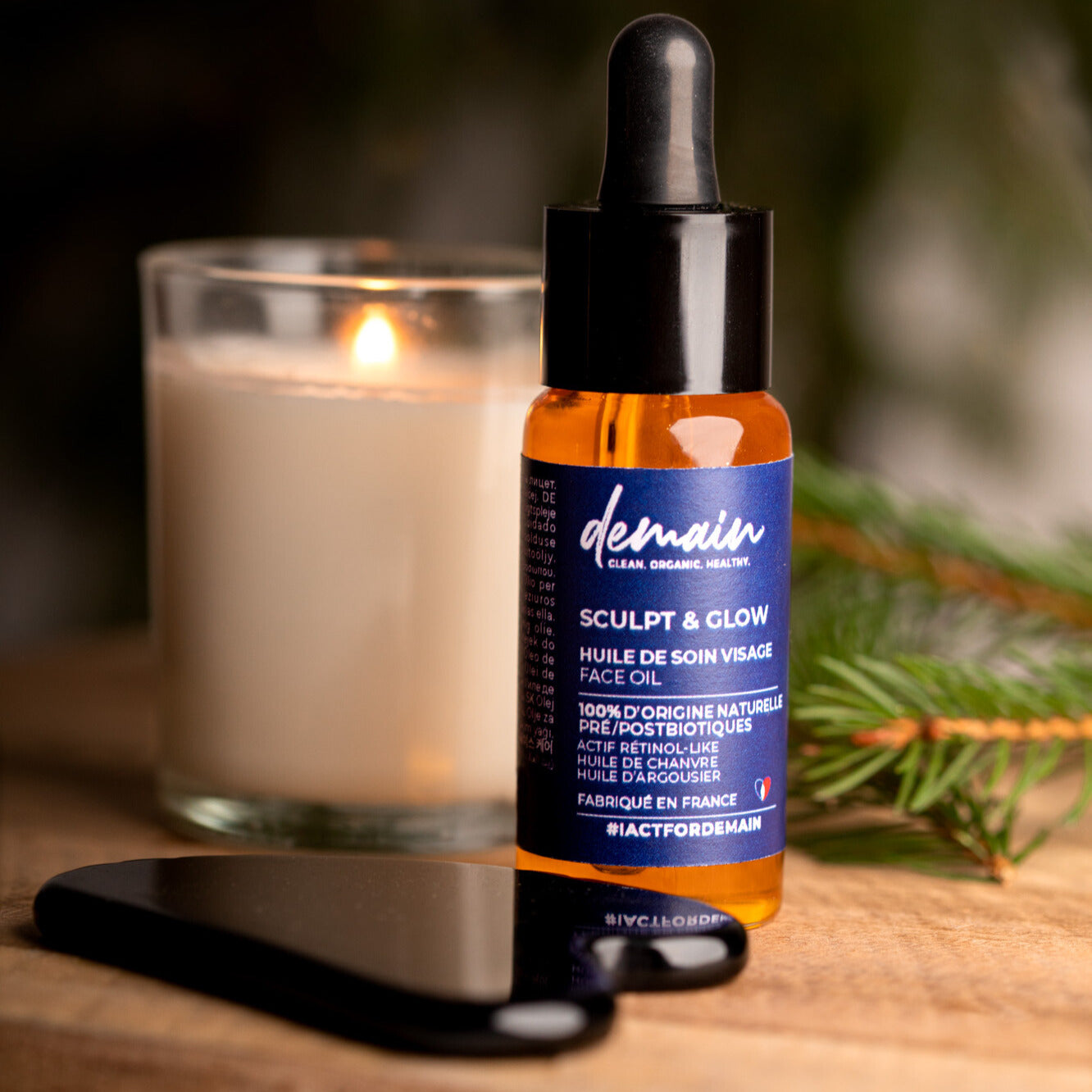With the arrival of summer, many of us are eager to soak up the sun and tan to achieve a radiant complexion. However, it's important to remember that excessive exposure to the sun can lead to skin and health problems. In this article, we'll be sharing tips on how to tan safely, taking into account the time, duration and precautions needed to protect your skin.
CHOOSE THE RIGHT TIMES
It is strongly recommended to avoid direct exposure to the sun during the hottest hours of the day, generally between 10am and 4pm. During this period, ultraviolet (UV) rays are most intense and can cause damage to your skin. It's best to enjoy the sun in the morning or late afternoon when the rays are less aggressive.

USE SUN PROTECTION
Before exposing yourself to the sun, generously apply a sun cream with a sun protection factor (SPF) of at least 30. Make sure you cover all exposed parts of your body, including your face, arms, legs and neck. Reapply every two hours, especially after swimming or sweating heavily.
FIND THE SHADE
If the sun is too strong or if you start to feel excessively hot, seek shade. Use a parasol or find a shady spot such as a tree or covered structure to protect you from the sun's direct rays. This will allow you to relax while avoiding overexposure.

WEAR APPROPRIATE CLOTHING
For extra protection, opt for light, loose-fitting, light-coloured clothing that covers a large part of your body. Tightly woven fabrics offer better protection against UV rays. Don't forget to include a hat, bob or cap to protect your face, neck and ears, as well as sunglasses to prevent damage to your eyes.
MOISTURIZE YOURSELF
Under the sun, our bodies lose more water through perspiration. So it's crucial to stay well hydrated. Drink water or unsweetened beverages regularly to maintain a good water balance. This will also help keep your skin fresh and supple.

BE AWARE OF YOUR SKIN TYPE
Every skin type reacts differently to sun exposure. People with fairer skin are more sensitive to sunburn, while darker skins have slightly higher natural protection against UV rays. Know your skin type and adjust your exposure time accordingly.

WATCH OUT FOR SIGNS OF OVERHEATING
While you're tanning, look out for signs of overheating or heat stroke. If you experience dizziness, headaches, nausea, a feeling of weakness or red, hot skin, stop immediately and look for a cool place to rest. Drink water and, if necessary, consult a health professional.
Sunbathing can be a pleasant experience, but it's essential to take steps to protect yourself from the sun. By choosing the right times, using adequate sun protection, wearing appropriate clothing, seeking shade, moisturising and monitoring your skin, you can enjoy sun exposure in complete safety. Don't forget that tanning is a gradual process and that it's important to look after your skin over the long term. Take care of yourself and enjoy the sun responsibly!











